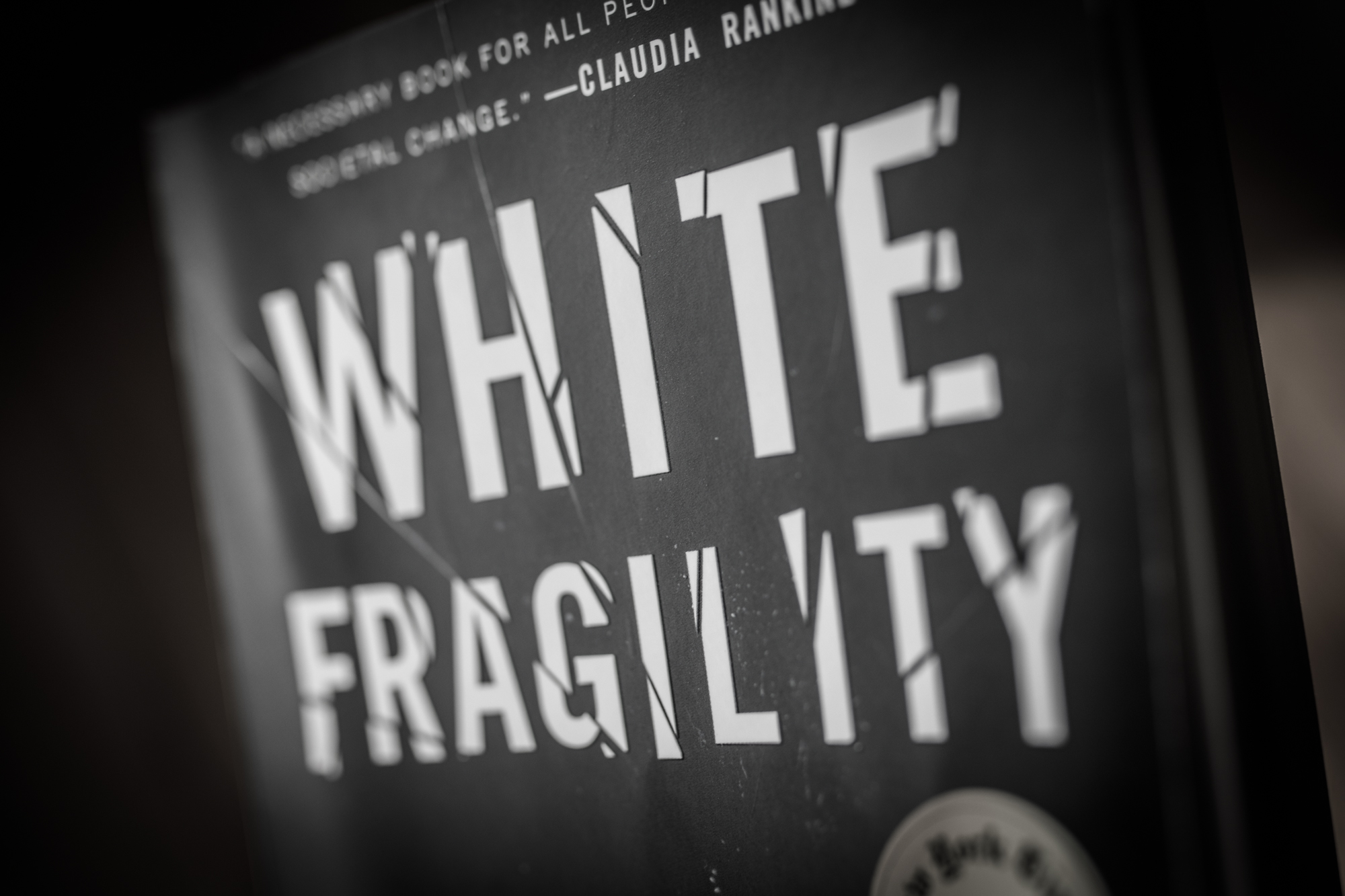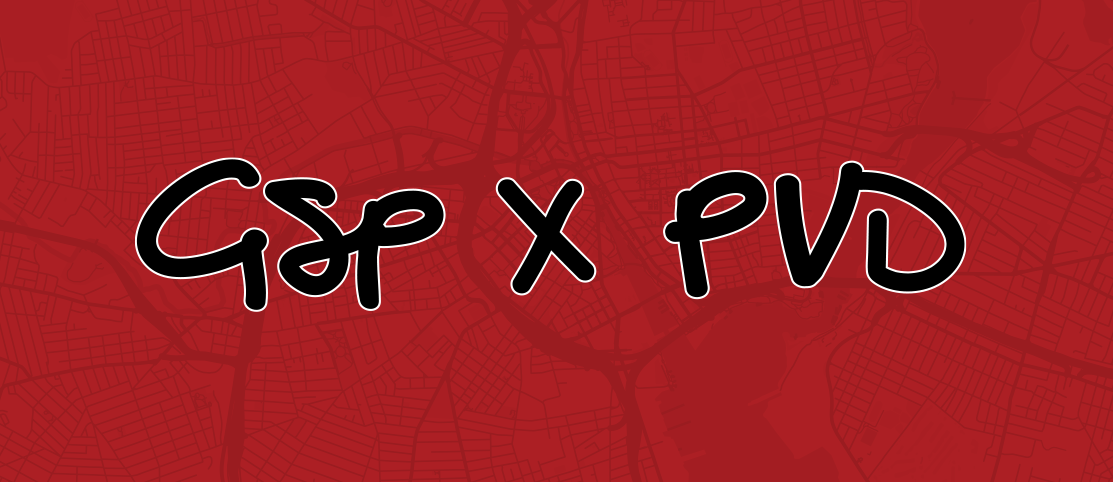We all read this book. You should too.
The book White Fragility was put on my radar by my friends, colleagues and collaborators at Now + There earlier this summer. The recommendation that I read it (that all of us on the Board of N+T read it — many already had) came out of a powerful conversation we were having about racism and white privilege shortly after the murder of George Floyd. We are having some of the same conversations at Graffito. These conversations can be hard; most white people are not experienced or comfortable talking about race, their own privilege, their own contributions to our racist institutions/norms, and are not oriented well to confront racism in their midst. I am no exception.
But reading White Fragility woke me to so much that I need to work on, enlightened me to my own blindspots, and has changed the way I understand my own white fragility. In July I bought copies for the whole Graffito team, we all read it, and just today we had a conversation about the book. Corey and Brooke put real time into prepping for this conversation, which led to a very honest, robust and meaningful conversation we just had. As Corey said at the beginning of the zoom, if we can’t talk about racism (and our own racism) as a team within GSP, how can we talk about it with our clients and colleagues? She’s so damn right. And our conversation today was a good beginning for the work that is to come for Graffito.
The email Corey and Brooke sent to the team earlier today in prep for our group zoom is pasted below. Hopefully sharing this is helpful to some of you as you look for ways to advance conversations, learnings, and action at your own orgs. But first, read the book. Immediately.
All,
In advance (but not too much in advance) of our discussion this afternoon, Brooke and I wanted to refresh your collective memories about our goals for the discussion (reiterated below) and also provide you with some additional food for thought.
Goals:
- Begin the process of talking about issues of racism, systemic white supremacy (as defined in the book), white fragility, etc., in an informed way, and start to develop a collective working vocabulary and comfort level with issues, terminology, and strategies for addressing them in our personal and professional lives.
- Second, we want to use this time to take some of the general principles and ideology introduced in the book and make it a bit more tangible and specific, both through our own personal experiences and through experiences with our clients and partners. We want to focus on both positive and negative examples. In preparation, we encourage everyone to begin thinking critically about one’s own actions and experiences in both our personal and our professional domains.
Re Goal #1: Attached to this email are a list of terms and definitions that are central to the book; we felt it was worthwhile to distribute these terms, lifting the definitions directly from the text in most cases. Many of these terms have multiple meanings as the book acknowledges, but we think establishing some common definitions will help us all to be better individual communicators and establish clarity as a group around specific issues and language.
Also, Brooke and I wanted to preview our deliberately short and tight list of discussion questions to give everyone an opportunity to do some pre-thinking before our 1:30 call. These are included below:
- What were some of your biggest take-aways from the book? What was new to you and/or most resonant and made you reconsider your views on racism, etc?
- Can you describe some Instances where you have been aware of white fragility or racism (or witnessed racist behavior from others) in your own behavior or within your close circle?
- Can you describe some Instances where you noticed racism or white fragility was a variable – either spoken or unspoken – in your work with Graffito or in another professional role?
- Discuss the suggestions for continuing the work of anti-racism. Which are the most challenging for Graffito? What are some strategies inspired by the book – independent of those that we have already initiated – that we might collectively consider to help meet those challenges?
Thanks and looking forward to our conversation later today,
Corey and Brooke
Racial Terms Glossary
White Fragility – feelings of discomfort and defensiveness a white person experiences when they witness discussions around racial inequality and injustice due to insulation from racial stress. Also refers to the immediate, defensive emotional reaction white people often have when racism on various levels is called to their attention.
Racism – A system of racial inequality that benefits whites at the expense of people of color. “A structure; not an event”; a complex system of oppression that occurs when a racial group’s prejudice is backed by legal authority and institutional control, transforming individual prejudices into a far-reaching system that becomes deeply embedded and the default of society.
Prejudice – Pre-judgement about another person based on the social groups to which that person belongs. Prejudice consists of thoughts, feelings, stereotypes, attitudes, and generalizations that are based on little or no experience and projected widely onto a group of people
Discrimination – Action based on prejudice. These actions include ignoring, exclusion, threats, ridicule, slander, and violence. Discrimination can also be subtle and harder to detect. (“When the prejudice causes me to act differently – I am less relaxed around you or I avoid interacting with you – i am now discriminating….Everyone has has prejudice, everyone discriminates.”)
Color-blind racism – A false ideology on the basis that if we pretend not to notice race, there can be no racism; this ideology denies the reality of racism and makes it difficult to address unconscious bias and beliefs resulting from socialization
Aversive Racism – A manifestation of racism that well-intentioned people who see themselves as educated and progressive are more likely to exhibit; it allows the person in power to maintain a positive self-image (“I have lots of friends of color”) while rationalizing racist actions/ideologies (“My workplace lacks diversity because people of color just don’t apply”) or avoiding direct racial language/using racially coded terms (“You don’t want to live there; it’s a sketchy/inner city neighborhood”)
White Supremacy – An overarching political, economic, and social system of domination that privileges, centralizes, and elevates white people as a group; perpetuated internationally and nationally through movies and mass media, corporate culture, advertising, US-owned manufacturing, military presence, historical colonial relations, missionary work, and other means
Good/Bad Binary – The false ideology that only bad people are racist; you cannot be a good person and participate in racism. This ideology associates racism directly with a person’s individual character or intentions, and therefore obscures the structural and systemic nature of racism.
Racial Stamina – Racial stamina is the opposite of white fragility and the capacity to endure racial stress and confronting complicity in systemic racism; the ability to receive feedback and examine one’s own racial identity and role in upholding racist systems.
White Tears – refers to all the ways, both literally and metaphorically, that white fragility manifests itself through white people’s laments and over how hard racism is on us. This reinforces the idea that emotions hold strong influence over politics and historical events that uphold systemic racism, and individual displays of “white tears” seek to divert attention away from issues of racism at hand and towards the person in power.




